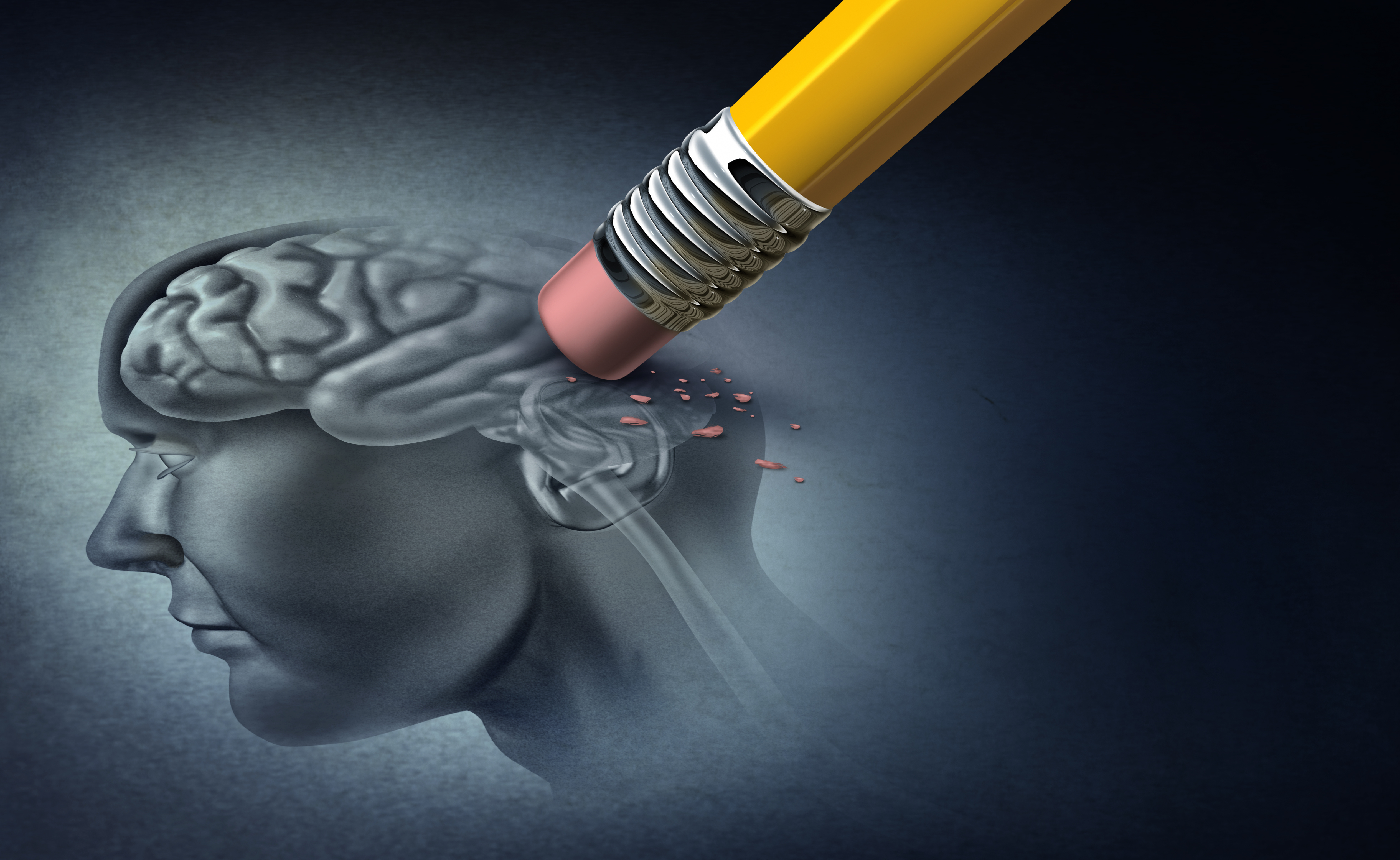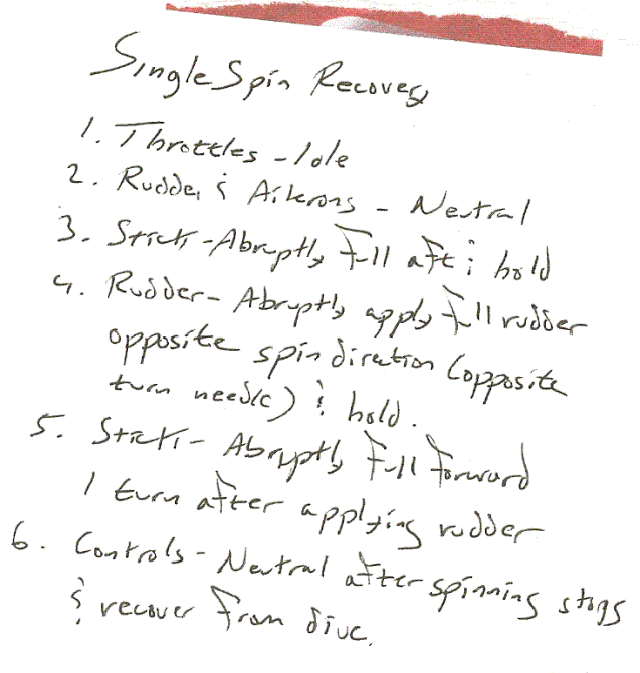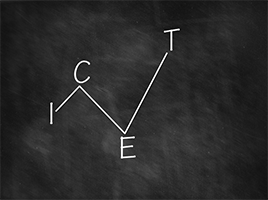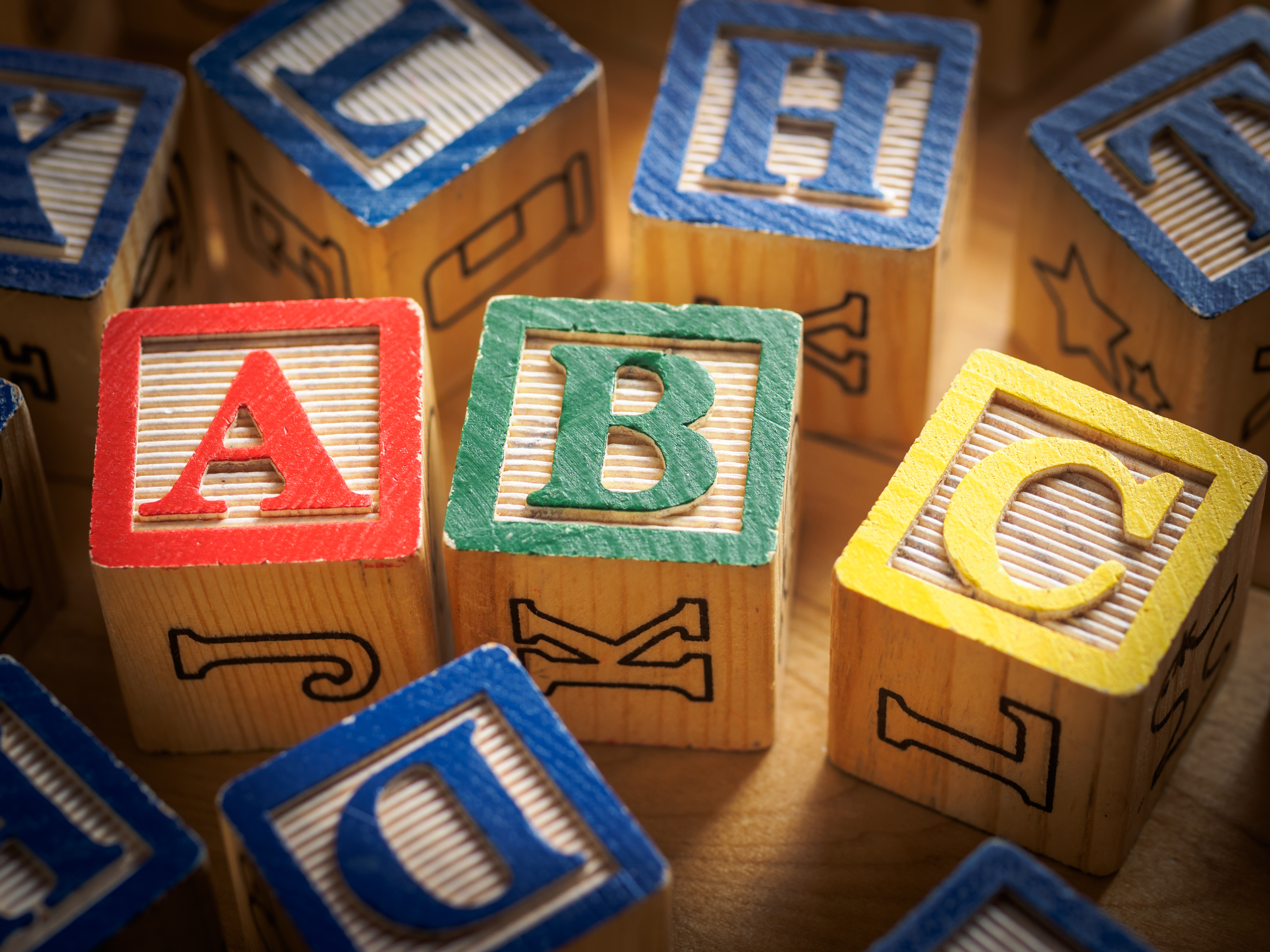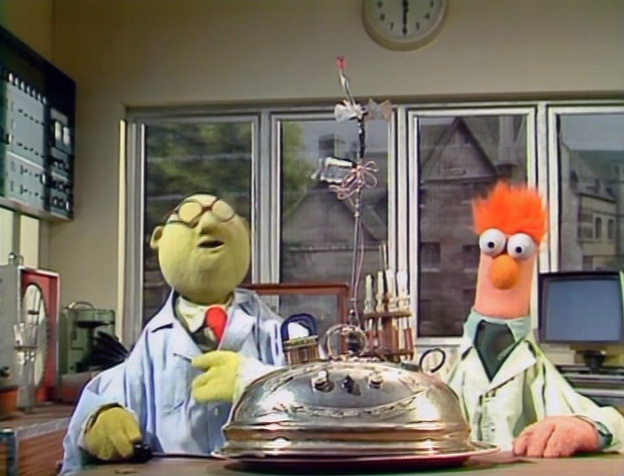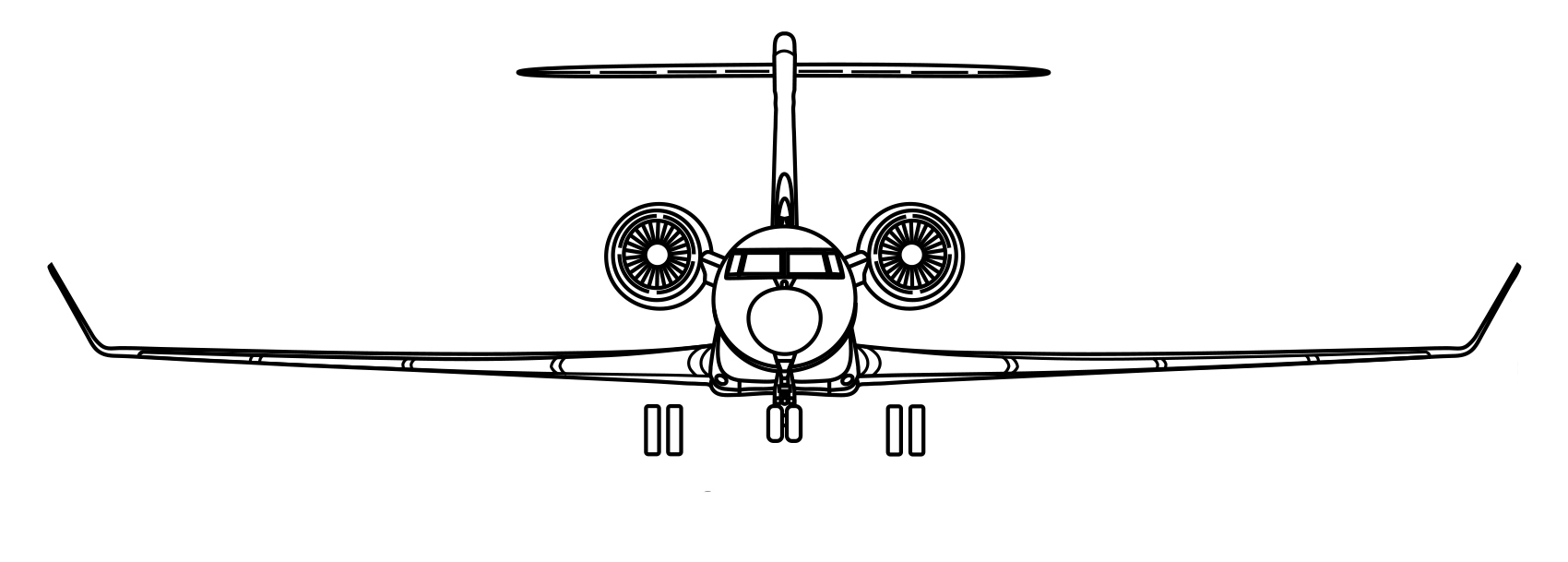"I have a terrible memory," many of us say. And yet we seem to remember when we need to. I've met a few people who claim to have photographic memories. But they seem to forget things too. As aviators, we have to memorize numbers, procedures, systems, and lots and lots of things. There are a lot of techniques to help.
— James Albright

Updated:
2023-03-01
You've used some of these techniques, whether or not you know it. They are very simple. A few of these techniques are pretty wild and take a lot of time. Between those two extremes, you might find something that is just what you've been needing.

1
Rote, by rote
Most of us learn to memorize by repetition. We just repeatedly quiz ourselves using various techniques, such as flash cards or having someone play questions and answers with us. My first really big challenge with pilot memory was having to memorize the 6 steps, 39 words, and 2 ampersands of the T-37 single spin recovery during Air Force pilot training. We had to have it down pat, the steps and words in the exact order to include those pesky ampersands, or we could not fly that day. I go into greater detail about these rote memory techniques here: Memorization Tasks.
2
Acronyms
Of the techniques on this page other than just plain brute force rote memorization, I think I use acronyms more than any other. It is simply a way of turning a list into a familiar word or words. The first one I remember as a pilot is "Ice Tea." It reminds us the order of operations for converting from Indicated Airspeed (IAS) to True Airspeed (TAS). More about this: Story: ICE-T.
3
Sing a song
The idea behind singing your memory items is a simple one: we do better memorizing music than unrelated lists. The best example is the catchy tune of no name that begins "A, B, C, D, E, F, G, . . . " and ends with ". . . now I know my A, B, Cs."
When I was in Air Force pilot training, I heard a pilot memorize some of our emergency procedure memory items to the tune of the "Gilligan's Island" theme song. As they say of combat tactics: "If it is stupid and it works, it isn't stupid."
4
Name mnemonics
A mnemonic is a memory technique. A name mnemonic is a technique for remembering things by using the first letter of each word to form a memorable sentence. You may have heard of such a technique for remembering the order of the planets.
Depending on your age or your view of what constitutes a planet, in the order they appear from the sun, they are: Mercury, Venus, Earth, Mars, Jupiter, Saturn, Uranus, Neptune, and Pluto. Someone decided Pluto doesn't merit planetary status, so you may or may not want to include it. Among the suggested mnemonics:
- My Very Easy Method Just Shows Us Nine Planets
- My Very Elegant Mother Just Sat Upon Nine Porcupines
- My Violent Evil Monster Just Scared Us Nuts
We aviators have several word mnemonics, among those is the politically incorrect "True Virgins Make Dull Company, Add Whiskey." This is the order of operations when adding factors to true course: [T}rue course + magnetic [V]ariation = [M]agnetic course + [D]eviation = [C]ompass heading. Then you remember to add [W]est variation and deviations while subtract East. More about this: Direction.
5
Feynman Technique
The Feynman Technique is attributed to physicist Richard Feynman who was noted for his ability to explain complicated subjects in simple words.
I have long said something along these lines: "The best way to learn is to instruct."
The technique is usually given in four steps:
- Choose a concept you want to learn about
- Explain it to a 12-year old, using only words a child will understand
- Reflect on how you did, refine your message, simplify it
- Try it on someone else, review your explanation
I use this method a lot, only I use fellow pilots as my target audience. I've heard that most people comprehend at the fifth grade level and I think most pilots are in this group. I would add to the four steps with a fifth:
- Have your audience explain the concept back to you. If they got it wrong, that means you need to refine your lesson.
I think you will find your memory of the facts and concepts will improve after you've instructed the facts and concepts a few times.
6
Names and faces
The most common technique for placing a name with a face is to think about something the face or rest of the person reminds you of. Too bad life can't be as simple as the "Muppet Show," where we were treated to Dr. Bunsen Honeydew, whose head looked like a melon, and his assistant Beaker, whose head looked like . . . well, you get it.
I've long used a similar technique but had to be careful to keep it to myself because full disclosure would hurt feelings. I used to think of a former boss of mine as "The Boy Colonel" because he was the youngest colonel I had ever met and his last name began with the letter B. A friend of mind was "Mad Dog" to me because he could be rabid when disciplining his subordinates. Suffice to say his last name began with the letter M. (He somehow found out about it and liked it so much he starting calling himself Mad Dog.)
7
Alphabet and number pegs
The key to many of the memory techniques that follow is that we can remember simple places and things better than complex facts and figures. To make this really work for you, the image in your mind has to be fantastically memorable. I've read that the best images tend to be ones that prompt a laugh or other emotion.
The peg technique is used to tie an unfamiliar item with one that you have memorized already to mean a letter or a number. I tend to use alphabet and number pegs for short lists that I need to have down cold, until I have them down cold. (Then I no longer need them.)
Alphabet pegs
The idea behind an alphabet peg is that you pick something memorable for each letter and somehow equate that to what you need to remember. You could, for example, pick animals:
- A is alligator
- B is bear
- C is cat
- D is dog
- . . . and so on
So lets say you want to remember the order of the locations of the four ground service bus switches on a Gulfstream GVII, from the back of the airplane forward. You could think of a [T}iger chasing a [R]abit underneath the airplane from the tail forward, while a [S]nake slithers up the stairs to catch a frightened [M]ouse. Then you would know there are switches in the tail compartment, refuel panel, security panel, and monitor test panel.
Number pegs
Number pegs are a way to remember the order of things using a visual image of an object associated with the number. For example, from one to nine:
- One is a gun
- Two is a shoe
- Three is a tree
- Four is a door
- Five is a hive
- Six is sticks
- Seven goes to heaven
- Eight is a weight
- Nine is wine
Let's say you need to memorize the order of the items in the meteorological section in a voice position report. (We had to do this many years ago during an oceanic crossing.) You could write it down or just remember the report is given as air temperature, winds, turbulence, icing. The order was important because the person on the other end of the radio was typing these into specific spots on a computer screen. You might have considered using a number peg until you had it down cold. Think of a thermometer being shot out of a gun, aiming at a shoe being blown in the wind, while braced against a tree gyrating from the turbulence, all while seeing a door sealed shut by ice.
8
"The Major System" for numbers
We pilots spend a lot of time and effort memorizing numbers. It makes sense that we worry about some of these numbers. Knowing your maximum grossweight, for example, will keep you out of a lot of trouble. But some of the numbers are meaningless. Why do I need to know the maximum transient turbine gas temperature of the PW814GA powerplant (1007°C) when the engine itself will prevent that from happening? But we often don't get a choice in what we have to memorize, so we just get on with it. Even with the important numbers, there is an absurd amount of accuracy required. Take, for example, the dimensions of a Gulfstream GVII-G500.
We are told the tail height is 25'6", the wingspan is 87'1", and the aircraft length is 91'2". Fair enough, except those numbers aren't exactly right. The tail height, for example, changes with the aircraft's weight and center of gravity because the landing gear struts compress according to weight. The wingspan also changes according to fuel loading. But let's not worry about that. We are required to memorize those numbers. I have a pretty good idea that the tail is more than 25' tall, but is it 25'1", 25'2", or 25'6"? I know the aircraft is longer than it is wide, so the 91 belongs to the length and the 87 belongs to the wingspan. But how many inches for each of those? I learned a technique called "The Major System" that can help. Here is how it works.
[The] "Major System," invented in the seventeenth century by Johann Winkelmann, which is nothing more than a simple code to convert numbers into phonetic sounds. Those sounds can then be turned into words, which can in turn become images for a memory palace. The code works like this:
| 0 | 1 | 2 | 3 | 4 |
| S | T or D | N | M | R |
| 5 | 6 | 7 | 8 | 9 |
| L | Sh or Ch | K or G | F or V | P or B |
The number 32, for example, would translate into MN, 33 would be MM, and 34 would be MR. To make those consonants meaningful, you're allowed to freely intersperse vowels. So the number 32 might turn into an image of a man, 33 could be your mom, and 34 might be the Russian space station Mir. Similarly, the number 86 might be a fish, 40 a rose, and 92 a pen. You might visualize 3,219 as a man (32) playing a tuba (19), or maybe a person from Manitoba (3,219). Likewise, 7,879 would translate to KFKP, which might turn into a single image of a coffee cup, or two images of a calf and a cub. The advantage of the Major System is that it's straightforward, and you can begin using it right out of the box. (When I first learned it, I immediately memorized my credit card and bank account numbers.)
Source: Foer, p. 164
There are other references to The Major System that also stress that the letters "W", "H", "Y" are ignored, as are all vowels. That means you can use them to form words. Also note the words don't have to be spelled correctly, they just need to paint a visual image in your head.
So the tail height (25'6") works out to be "N" / "L" / "Sh" or "Ch" — my words are "new leash"
The wingspan (87'1") works out to be "F" or "V" / "K" or "G" / "T" or "D" — my words are "fake tee"
And the length (91'2") works out to be "P" or "B" / "T" or "D" / "N" — my words are "pet hen"
So how I remember G500 dimensions is to visualize a shiny new leash for my pet dangling from the tail of the aircraft while seeing a huge golfer's tee resting on the wings, while my pet, a chicken, sits patiently at the nose of the aircraft waiting for the leash.
I imagine that if you've never heard of this system of memorization you will have two thoughts now. First, thinking of a pet chicken and golf tees when trying to recall aircraft dimensions is rather silly. Second, and more importantly, this seems like a lot of memorization to help trying to remember numbers without the memorization. Good points!
The silliness of the imagery is actually the point. You need to make the visual images memorable and to do that, the imagery has to be silly, striking, or otherwise emotion provoking. As far as the work required to memorize the number to letter codes, you only have to make that effort the first time. Once you have that down, the conversion becomes easier. I have noticed, however, that it is a perishable skill. As I write this, I have been out of actively flying for a year and the conversion process from letters to numbers takes me longer. Much longer. Like anything else, you need to practice.
9
"The Memory Palace"
My introduction to "The Memory Palace" was from the television series "Sherlock" which inspired me to research and then try out the technique. I never really got the hang of it; it may have been from insufficient effort or it may be that my brain just isn't wired for it. Author Joshua Foer got pretty good at it. Good enough, in fact, to win the U.S. Memory Championships. But even after all that, he still forgets. He writes that a few days after becoming a memory champion he drove out to dinner to celebrate. He took the bus home. Not only does he occasionally forget where his car keys are, he sometimes forgets his car. The technique works, but it doesn't seem practically useful for us who fly for a living.
The techniques of the memory palace — also known as the journey method or the method of loci, and more broadly as the ars memorativa, or "art of memory" — were refined and codified in an extensive set of rules and instruction manuals by Romans like Cicero and Quintilian, and flowered in the Middle Ages as a way for the pious to memorize everything from sermons and prayers to the punishments awaiting the wicked in hell. These were the same tricks that Roman senators had used to memorize their speeches, that the Athenian Statesman Themistocles had supposedly used to memorize the names of twenty thousand Athenians, and that medieval scholars had used to memorize entire books.
Source: Foer, pp. 9 - 10
Origin

Simonides, The Art of Memory
There were no other survivors.
Family members arriving at the scene of the fifth-century-B.C. banquet hall catastrophe pawed at the debris for signs of their loved ones-rings, sandals, anything that would allow them to identify their kin for proper burial.
Minutes earlier, the Greek poet Simonides of Ceos had stood to deliver an ode in celebration of Scopas, a Thessalian nobleman. As Simonides sat down, a messenger tapped him on the shoulder. Two young men on horseback were waiting outside, anxious to tell him something. He stood up again and walked out the door. At the very moment he crossed the threshold, the roof of the banquet hall collapsed in a thundering plume of marble shards and dust.
He stood now before a landscape of rubble and entombed bodies. The air, which had been filled with boisterous laughter moments before, was smoky and silent. Teams of rescuers set to work frantically digging through the collapsed building. The corpses they pulled out of the wreckage were mangled beyond recognition. No one could even say for sure who had been inside. One tragedy compounded another.
Then something remarkable happened that would change forever how people thought about their memories. Simonides sealed his senses to the chaos around him and reversed time in his mind. The piles of marble returned to pillars and the scattered frieze fragments reassembled in the air above. The stoneware scattered in the debris reformed into bowls. The splinters of wood poking above the ruins once again became a table. Simonides caught a glimpse of each of the banquet guests at his seat, carrying on oblivious to the impending catastrophe. He saw Scopas laughing at the head of the table, a fellow poet sitting across from him sponging up the remnants of his meal with a piece of bread, a nobleman smirking. He turned to the window and saw the messengers approaching, as if with some important news.
Simonides opened his eyes. He took each of the hysterical relatives by the hand and, carefully stepping over the debris, guided them, one by one, to the spots in the rubble where their loved ones had been sitting.
At that moment, according to legend, the art of memory was born.
Source: Foer, pp. 1 - 2
From that simple observation, Simonides reputedly invented a technique that would form the basis of what came to be known as the art of memory. He realized that if it hadn't been guests sitting at the banquet table, but rather something else-say, every great Greek dramatist seated in order of their dates of birth-he would have remembered that instead. Or what if, instead of banquet guests, he saw each of the words of one of his poems arrayed around the table? Or every task he needed to accomplish that day? Just about anything that could be imagined, he reckoned, could be imprinted upon one's memory, and kept in good order, simply by engaging one's spatial memory in the act of remembering. To use Simonides' technique, all one has to do is convert something unmemorable, like a string of numbers or a deck of cards or a shopping list or Paradise Lost, into a series of engrossing visual images and mentally arrange them within an imagined space, and suddenly those forgettable items become unforgettable.
Source: Foer, pp. 93 - 94
You could, for example, memorize a long list of components in your aircraft's electrical system by visualizing each placed in a different room of your house. The pumps can be in the garage where other types of motors reside. The aileron actuator could be the door that leads into your bedroom and the aileron itself could be the door. The technique seems to work if you have an imaginative mind that is good at visualization. If you are interested in building your own memory palace, or several memory palaces, I recommend you give artofmemory.com a try.
References
(Source material)
Foer, Joshua, Moonwalking With Einstein: The Art and Science of Remembering Everything, Penguin Books Ltd, London, 2011
